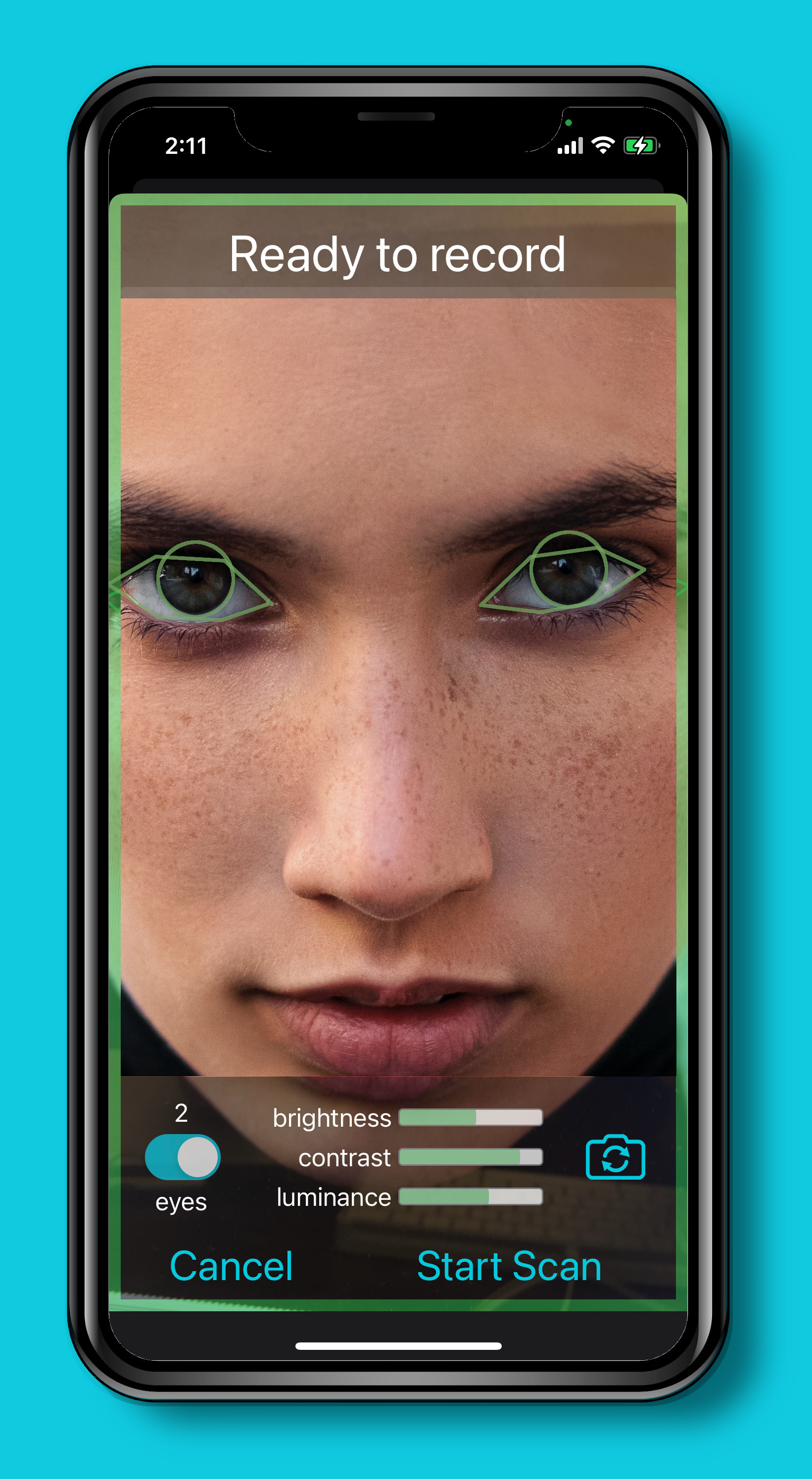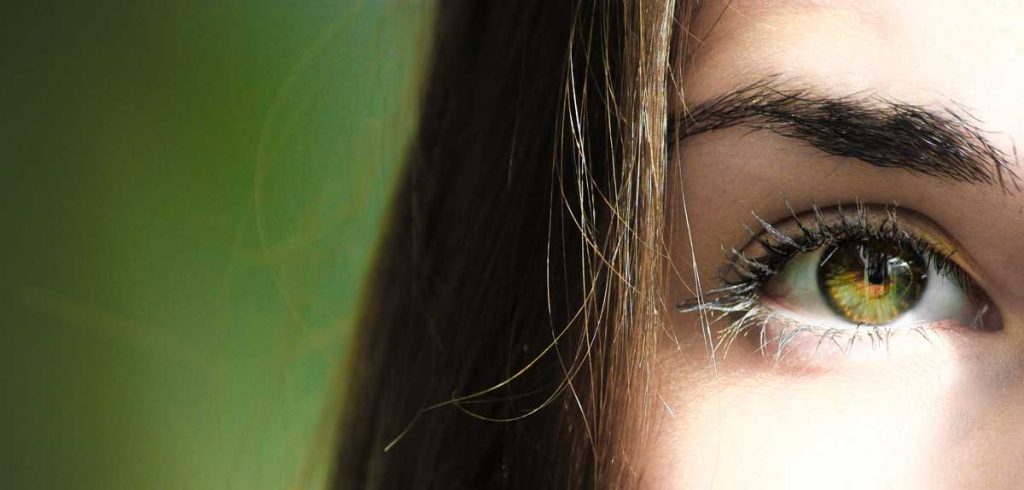Pupillary Light Reflex Measurement
Fast, Easy & Powerful
Smartphone-Enabled
Fast. Easy. Powerful.
Smartphone-Enabled.

Explore the Opportunities
Opioid Neurotoxicology

Opioids create measureable differences in an individual’s pupillary light reflex (PLR). Pupil Check technology can be used as a rapid, mobile, non-invasive, and economical indicator of opioidal usage.
Read the research: National Library of Medicine
Cannabis Use

Habitual cannabis consumption creates measurable pupillography responses according to research. The detection of cannabis influence may be possible using Pupil Check algorithms.
Read the research: Science Direct
Aphantasia

Aphantasia, which is the inability to visualize in one’s imagination, could potentially be diagnosed using Pupil Check technology. Recent research suggests that while non-aphantasic individuals display a pupillary constriction or dilation when asked to visualize light or dark objects, aphantasic individuals do not exhibit a significant pupillary response to prompted visualizations. The Pupil Check technology could be used to quickly and conveniently measure an individual’s pupillary response when prompted to visualize a certain objects, which could assist in determining whether the individual has aphantasia.
Read the research: eLife Sciences
Autism

Research has shown an association between pupillary light reflex and sensory behaviors in children with autism spectrum disorders (ASD). This association can be used to help diagnose autism especially young children.
Read the research: National Library of Medicine
Concussions

Pupil Check can be used to help determine whether a person has a concussion or other traumatic brain injury (TBI). Studies have shown that an individual’s pupils may have different levels of dilation and may respond differently to light when the individual is suffering from a TBI. By measuring pupil size and the pupillary light reflex, Pupil Check could potentially indicate a TBI in situations where injury is suspected.
Read the research: CEConnection
Alzheimer's Disease

Studies have shown a link between degenerative eye diseases and risk of developing Alzheimer’s disease. Pupil Check technology could be used to help gauge the likelihood of the onset of Alzheimer’s disease in an individual.
Read the research: New Atlas
Alcohol

A feasibility study has been done to assess whether PLR can be used as a marker for work or driving impairment. The study delivered “promising results”.
Read the research: National Library of Medicine
Infant Hearing

Determining infant hearing loss is possible using Pupil Check technology. The Pupil Check technology can be used to measure pupillary auditory stimuli responses for infants, individuals with development disabilities, or those with cognitive issues from illness or stroke. Pupil dilation (or absense of) and direction could indicate hearing issues difficult to detect using other methods.
Read the research: Springer Link
